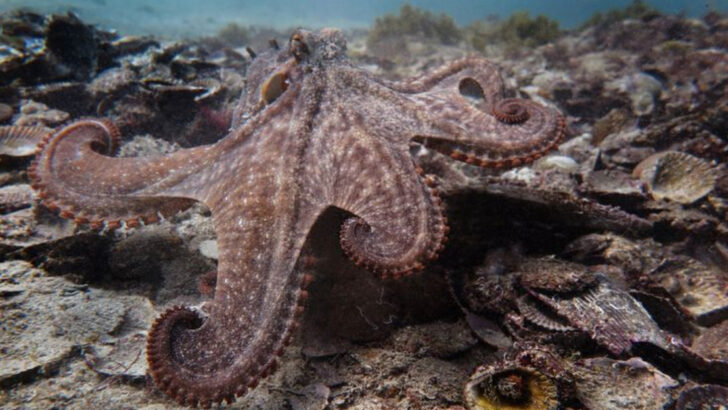Octopuses are not what you think—they’re weirder, wilder, and way smarter. These shape-shifting sea creatures can squeeze through keyholes, taste with their skin, and rewrite the rules of intelligence. One has even been caught unscrewing a jar from the inside. They have three hearts, blue blood, and no bones—just eight arms packed with brains. Literally. Each arm can act on its own, like it’s thinking independently. The ocean hides many mysteries, but the octopus? It’s a walking riddle with suckers. And once you learn what they’re really capable of, you’ll never look at the sea the same way again.
Masters of Camouflage
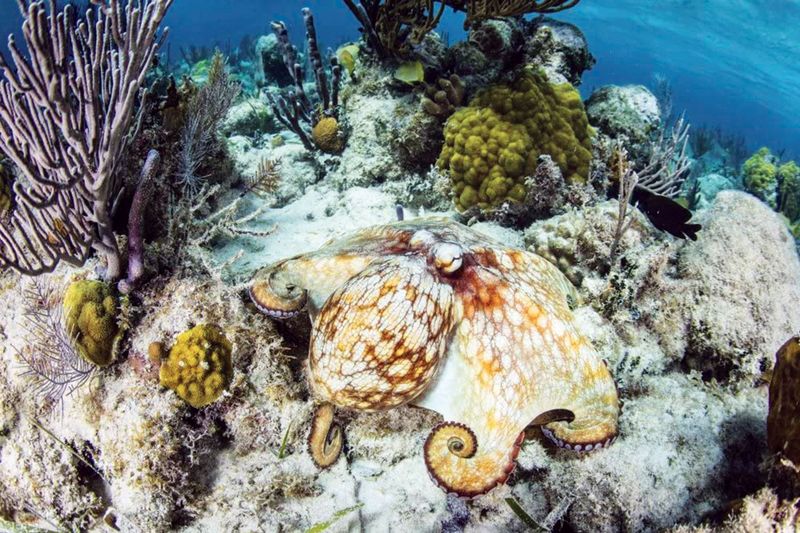
Octopuses are unparalleled masters of disguise. With specialized skin cells called chromatophores, they can change color and texture in the blink of an eye. This ability not only helps them avoid predators but also assists in hunting prey. Imagine an oceanic chameleon with an arsenal of tactical advantages.
Their camouflage is so detailed that they can mimic rocks, sand, and even other sea creatures. This morphing marvel is a testament to their evolutionary ingenuity. It’s not just survival; it’s an art form perfected over millennia. Truly, nature’s own illusionists.
Three Hearts, Eight Arms
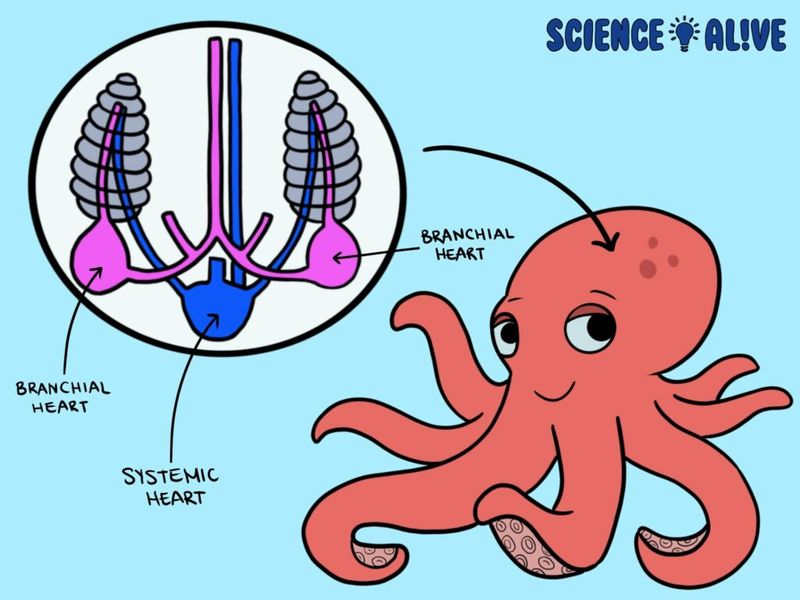
What makes an octopus so unique? It has three hearts pumping blue blood. Two hearts move blood through the gills, while the third circulates it to the rest of the body. This anatomical quirk ensures efficient oxygenation during their active lifestyle.
Their eight arms, lined with sensitive suckers, are powerful tools for exploration. Each arm operates independently, yet cohesively, reflecting a complex nervous system. Imagine having extra limbs with minds of their own. Such biological wonder challenges our understanding of intelligence and coordination.
Octopuses are truly extraordinary organisms.
Intelligent Problem Solvers
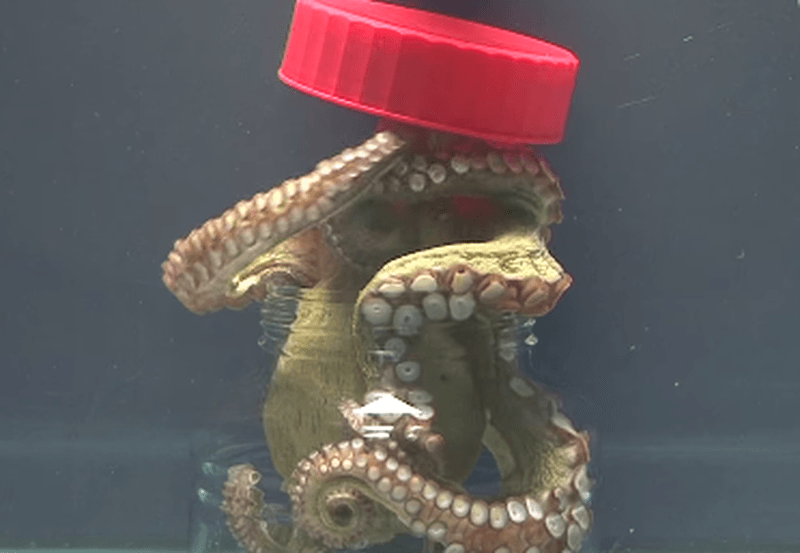
Octopuses possess remarkable intelligence, rivaling that of some mammals. They exhibit problem-solving skills, playfulness, and even the ability to use tools. In captivity, they have been observed opening jars to reach food, a testament to their cognitive abilities.
These cephalopods can remember solutions and apply them in new situations. Their capacity for learning and adaptability evidences a sophisticated brain rarely seen in the animal kingdom.
Their intelligence is a window into the evolutionary possibilities of oceanic life, showcasing unexpected depths of perception and reasoning.
Ink Defense Mechanism
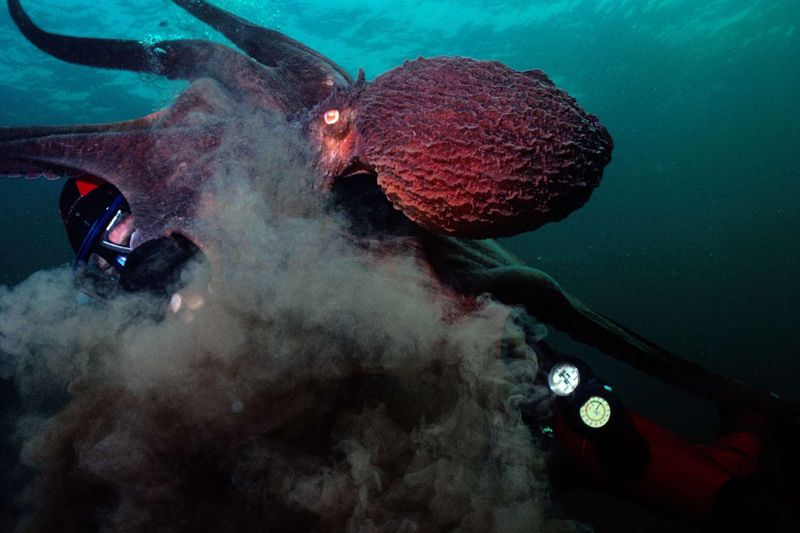
When threatened, octopuses employ an ancient defense strategy: ink clouds. This dark, smokescreen-like substance confuses predators, allowing them to escape.
The ink not only obscures vision but also contains compounds that can dull a predator’s sense of smell and taste.
This dual-action mechanism gives octopuses a critical edge in their perilous environment. Think of it as a marine escape artist’s trick, crafted by evolution to ensure survival. Such a defense reflects the ingenuity of nature’s arsenal in protecting its creations.
Regenerating Limbs

Remarkably, octopuses can regenerate lost limbs. This regenerative ability is crucial for survival in the predator-filled ocean. If an arm is severed, it grows back, complete with nerves and suckers. This biological feat resembles the mythical hydra, constantly renewing itself.
The regrowth process is efficient and astonishingly complete, reflecting the octopus’s resilience.
Such regenerative powers inspire scientific research into human medicine, particularly in areas of wound healing and organ regeneration. The octopus’s capacity to rebuild itself exemplifies the marvels of evolutionary adaptation.
Color-Blind Artists
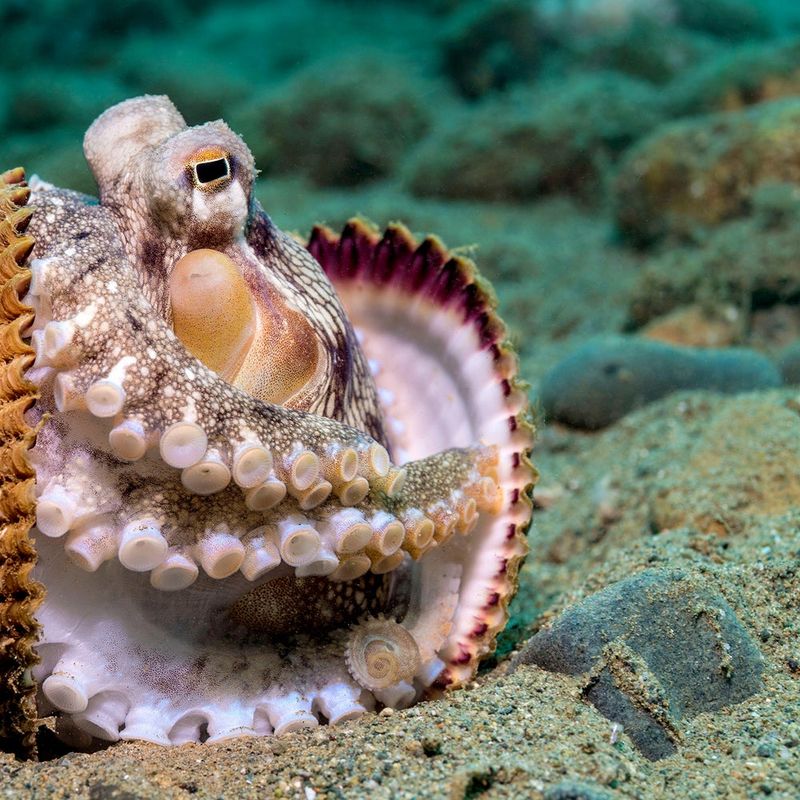
Despite being colorblind, octopuses are able to display a kaleidoscope of colors. They manipulate pigments in their skin to blend into surroundings or communicate with others. This color-changing ability mystifies scientists, as it transcends their visual limitations.
The transformation is orchestrated by specialized cells reacting to environmental cues.
Even without the ability to perceive hues as we do, they create vivid displays that speak volumes in the silent ocean depths. This paradox highlights a unique aspect of their biology, challenging perceptions of intelligence and sensory experience.
Unique Reproductive Strategies
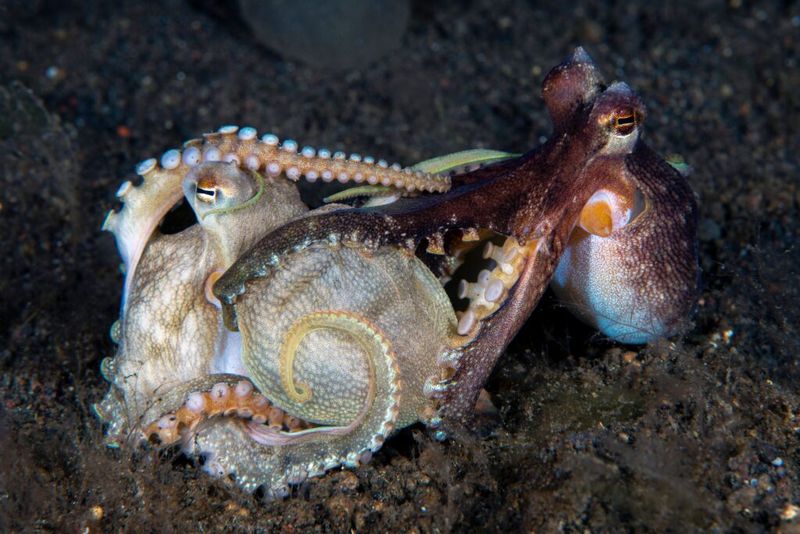
Octopuses have fascinating reproductive habits. Males use a specialized arm, known as a hectocotylus, to transfer sperm to females. This dance of life is a delicate and intricate process that may last several hours.
Females then lay thousands of eggs, tending to them meticulously until hatching, often sacrificing themselves in the process. This maternal dedication ensures the next generation’s survival in an unforgiving ocean.
Their reproductive strategies reveal an intense drive to continue their lineage, embodying the cycles of life and death intrinsic to nature’s tapestry.
Jet-Powered Locomotion
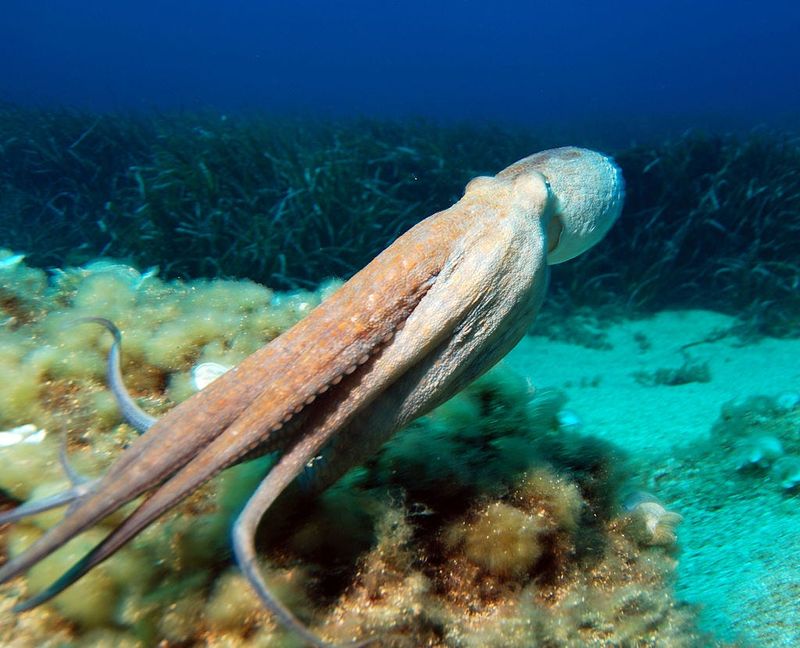
Octopuses travel with an impressive jet propulsion system. By forcefully expelling water from their mantle cavity, they propel forward at remarkable speeds. This method, akin to a submarine’s propulsion, allows quick escapes and agile maneuvers.
It provides a glimpse into the efficiency and creativity of evolution’s designs. Jet propulsion is not only practical but also a testament to their adaptability in diverse marine environments.
This mobility showcases their prowess and survival skills, navigating complex underwater landscapes with ease and grace.
Mysterious Lifespan
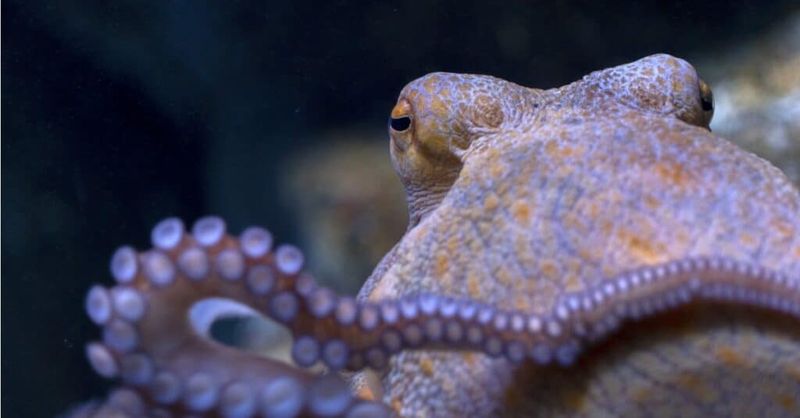
Octopuses lead relatively short lives, generally ranging from one to five years. This brief existence is packed with intense growth, learning, and reproductive activities. Their enigmatic life cycle has inspired marine biologists to study their aging process.
Some species, like the giant Pacific octopus, live longer, adding layers of mystery to their biological narrative.
Their fleeting time on Earth is a vivid reminder of life’s transience, urging us to marvel at the wonders of existence while they last. Such brevity contrasts with their profound impact on the oceanic ecosystem.
Social Loners
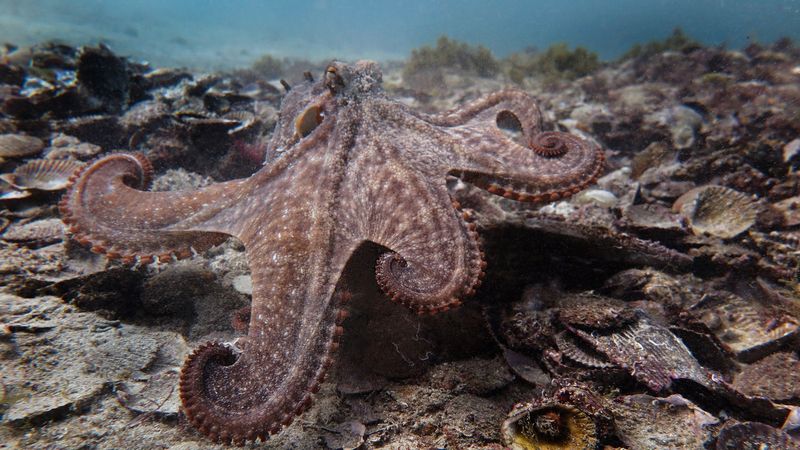
Though generally solitary, octopuses show occasional social behaviors. In rare instances, they communicate through color changes and arm movements. These interactions, while brief, suggest a hidden social complexity.
Unlike many sea creatures, octopuses prefer solitude, reflecting a unique lifestyle that combines independence and occasional companionship.
This solitary nature challenges traditional views on social necessity in animal behavior, highlighting diverse survival strategies.
They are ocean’s enigmatic introverts, thriving in isolation yet capable of surprising interactions.
Bizarre Eating Habits

Octopuses have unusual feeding habits, using their arms and suckers to capture prey. They consume a variety of seafood, from crustaceans to mollusks. Their beak-like mouths allow them to crack open shells, revealing a versatile diet.
These cephalopods employ tactical hunting techniques, showcasing strategic planning and execution.
Their feeding rituals reveal the intricate dance of predator and prey, a spectacle of life and survival. Such methods underscore their role in the marine food web, balancing ecosystems with precision.
Cultural Symbols in Mythology
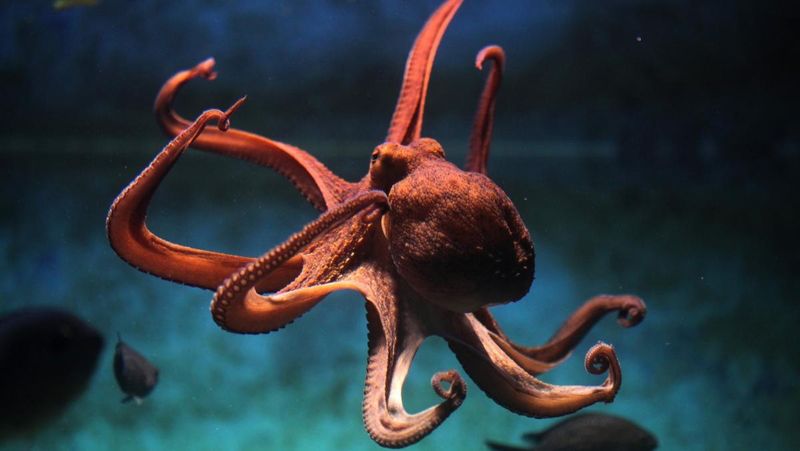
Throughout history, octopuses have been revered and feared. In mythology, they symbolize mystery and the unknown, often depicted as sea monsters or divine creatures. Cultures worldwide have woven tales around their enigmatic presence, reflecting humanity’s fascination with the ocean’s depths.
Their role in folklore highlights the ongoing connection between humans and the sea.
These symbolic portrayals remind us of the profound impact natural wonders have on our collective imagination. Octopuses, as cultural icons, continue to inspire awe and curiosity across generations.

